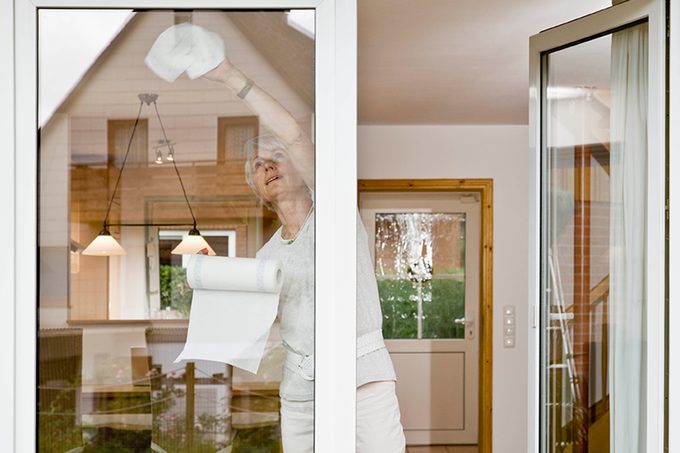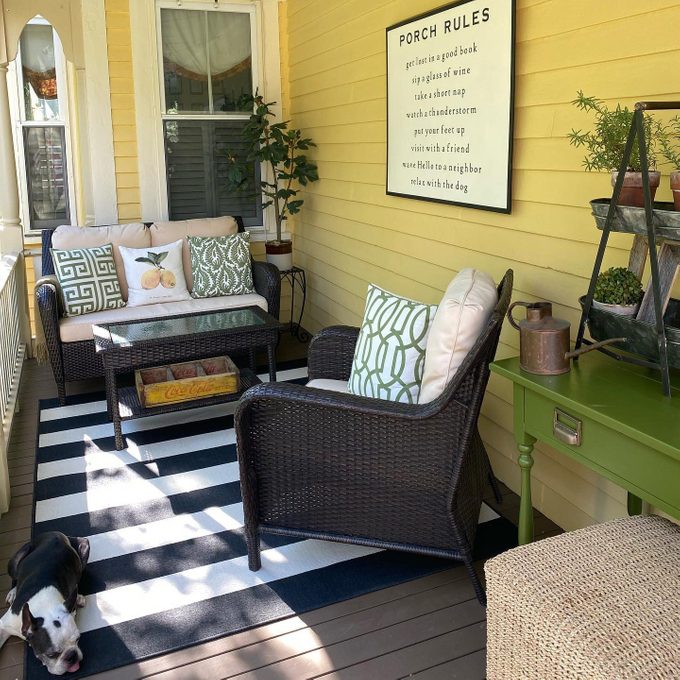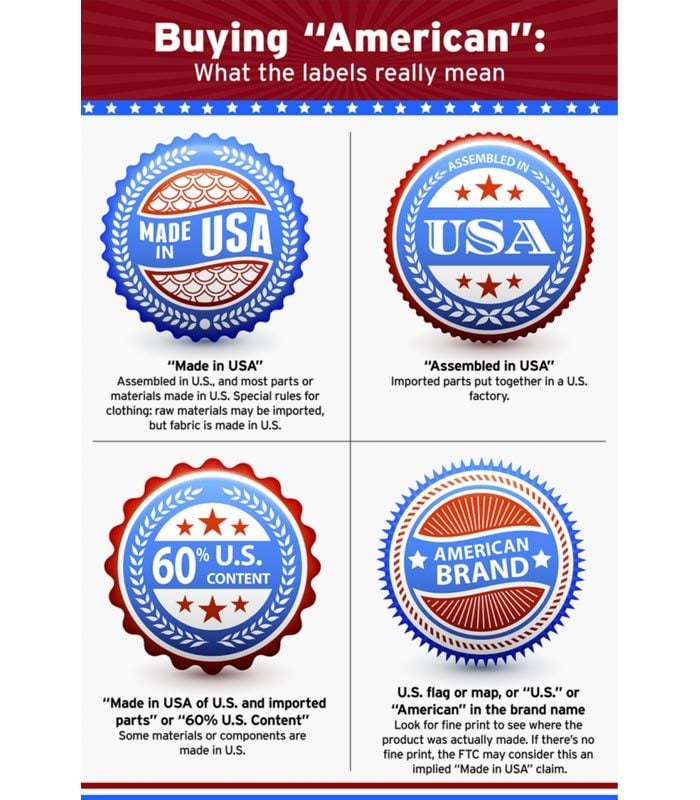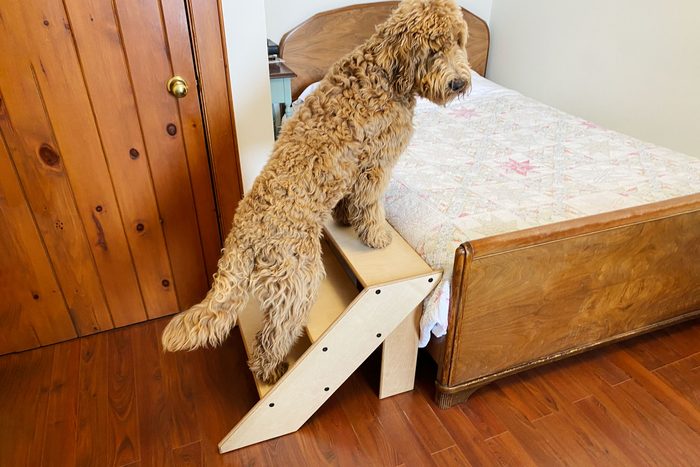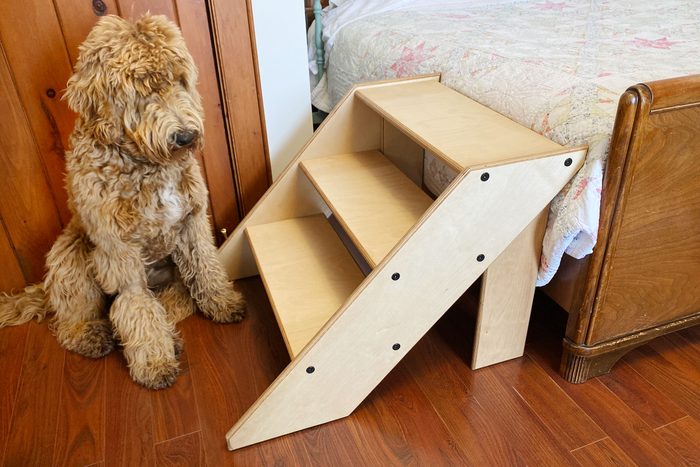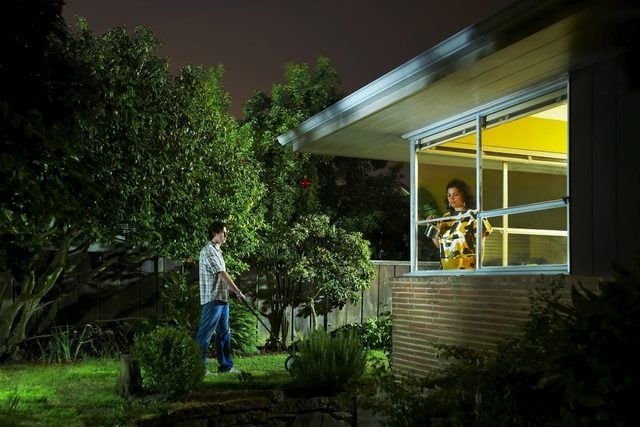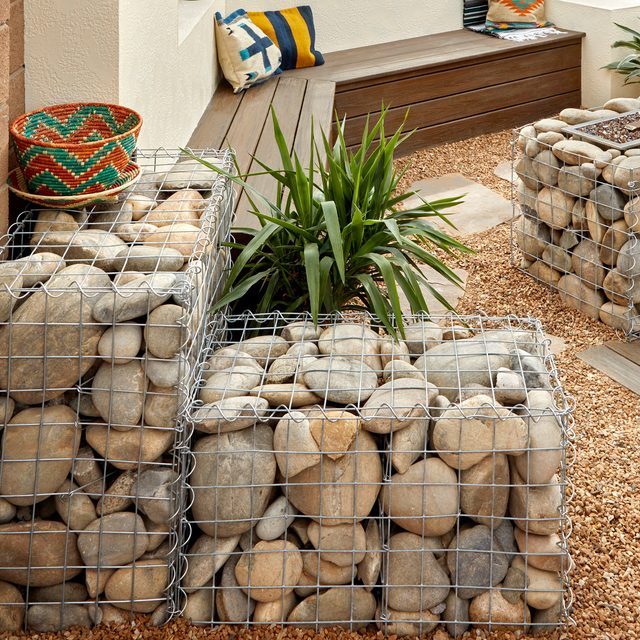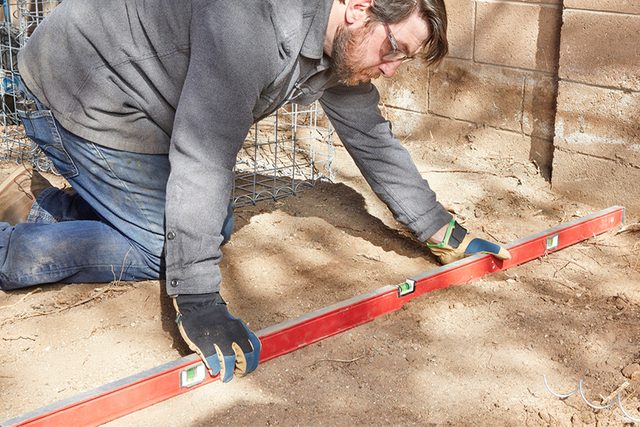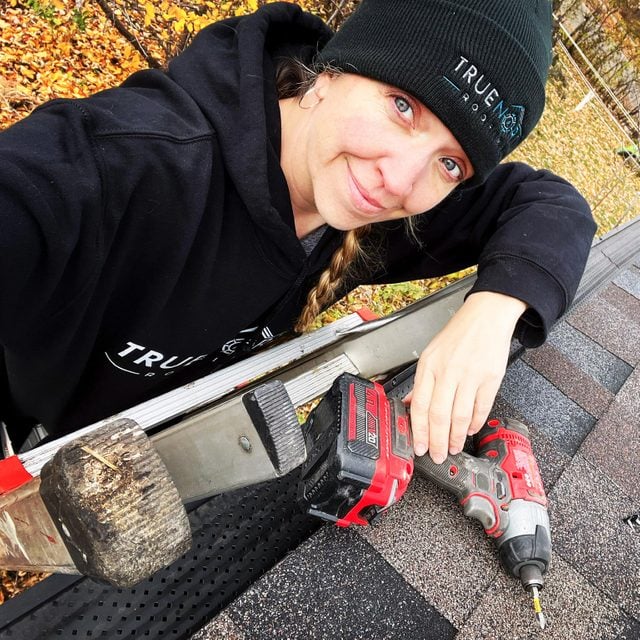Whether it’s the whimsical Victorian roofline, the neoclassical floating staircase, or just the anticipation of what treasures might be waiting under the floorboards, it’s easy to become enthralled with the idea of restoring a historic home.
“There’s definitely some cool stuff about old homes and the way they are built,” says Neil Stevenson, a Charleston, South Carolina-based architect and consultant for the celebrity home renovation series Rucker’s Reno. “Often the rooms are huge and there’s high ceilings, old heart-of-pine floors, multiple fireplaces, and everything is built as solid as can be.”
But digging into a historic renovation is definitely not for everyone. It can take a lot of time, money, craftsmanship, patience and knowledge to restore the charm of an old home, while also updating it with the conveniences of a modern one.
“Keep in mind that the renovation of an old house can easily be as or more expensive as building new,” says Stevenson. “I could go on and on, but two of the many sneaky money suckers are energy inefficiencies and water condensation damage.”
Here are some other pitfalls to consider before embarking on a historic home project.
Is the Home in a Historic District?
Renovations to houses in historic districts must first gain approval from local architectural review boards. This requires greater attention to project planning and the use of more expensive, true-to-era materials.
“This front-end process can seem arbitrary and capricious if you haven’t done it before,” says architectural historian Kristopher King of Carriage Properties in Charleston, who also worked as a consultant on Rucker’s Reno. “But come in with an open mind. Charleston is a number one tourist destination as a direct result of the Board of Architectural Review.”
King also points out that similar hurdles are not unusual in non-historic districts. “In new communities, they’re just called covenants,” he says.
Is Your Goal Rehabilitation or Restoration?
You can quickly go down a rabbit hole of tasks and expenses if you don’t decide early on where to limit the scope of the project.
“There’s a difference between a restoration and a rehabilitation,” says King. “Restoration is taking back to one period of time. But for most people we’re talking about rehabilitating houses, taking the best of everything and working with it.”
Is Your Main Goal Return on Investment?
Keeping the project affordable can be done if repairs and updates are relatively simple, like repairing floors and windows where you don’t need an exact historic match. Other jobs, like plaster, or redesigning the layout to accommodate bathrooms and kitchens, are more costly and require extra craftsmanship and knowledge.
“A historic home is definitely not for the flipper,” says Bryan Slowick, president of BDS Design Build Remodel in Libertyville, Ill. “But there are unquantifiable values, like beauty, nostalgia and quaintness, and those sort of things are valued more by some people.”
If your main goal is return on investment (ROI), keep in mind poorly restored houses do not retain their value like those with most of their original parts intact.
Are You Willing To Consult Pros On Your DIY Project?
To keep ROI up and costs down, all our experts emphasized the importance of consulting with historic home professionals early on in the process, even before purchasing an old house. A walkthrough with someone well versed in historic architecture can help you avoid common pitfalls in design and construction.
Pros can also help jumpstart your learning process, navigate architectural review boards and find or recreate antique materials.
Do You Enjoy Research and Have Patience?
While it’s wise to seek the advice of pros, seasoned DIYers still can do most of the renovation themselves. If you have time and enjoy learning about the nuances of older homes, the process can be satisfying. Example: Some floating staircases don’t have nails! “They were built before laser levels, before all of these tools we have today,” says King.
Considerations for Renovating a Historic Home
Think of an historic home like an antique, says King. They feature many of the same potential pitfalls as more modern ones, plus a few more.
- Inspections: Before buying, do a walkthrough with an inspector versed in old architecture, versus one who’s main focus is health and safety. The inspector can point out hangups like duct work, wood rot and masonry.
- Foundation and structure: If the house is leaning or there are cracks in the walls inside at the corners of the windows, doors and ceilings, then get an expert opinion. These could be signs of a poor foundation or uneven settling. Structural problems can be expensive to fix and difficult to DIY.
- Flooding and leaks: Look for signs of standing water under or around the house, as well as water stains, rotten wood or dry rot. Especially check under the roof, at window sills, along baseboards and around ductwork. Those could be signs of water leaks from the outside or from leaky ductwork or plumbing.
- Energy inefficiencies: Consider what needs replacing, like the furnace, windows and insulation. “There is usually only so much you can do to tighten up air leaks in an old house,” says Stevenson. “Spray foam is helpful but not the silver bullet solution you’d like.”
- Windows and Doors: Leaky ones can be hard to fix, and you might need to hire a specialist to make them compliant with modern energy codes. “It’s not like you’re just going to be able to take a 200-year-old home and slap some vinyl windows in there,” says Slowick.
- Insulation: Besides sky-high energy bills, improperly installed insulation and poorly designed mechanical systems can cause widespread damage due to water condensation. “If insulation is not installed properly, the dew point will happen within the wall cavity,” says Stevenson. “Unchecked moisture can often lead to mold and bacterial growth, which attracts termites and critters and creates the perfect storm for accelerated rot and decay of organic matter, such as wood and paper.”
- HVAC: Make sure the ductwork is insulated and sealed, and that the mechanical unit isn’t too big for the space. An oversized unit won’t cycle often enough to remove moisture from the air, so moisture will condense around windows, walls, ceilings, doors and ducts.
- Electric: Consider the age of the electrical system and whether there are enough extra circuits in the panel to run any modern systems you’re installing.
- Plumbing: See if the shower drains quickly and maintains pressure when the toilet flushes. Keep in mind the full scope of updating the plumbing. An upstairs bathroom might require opening up the plaster in the walls below.
- Plaster: Repairing plaster requires special skill and patience, and you don’t necessarily want to replace it. “The easiest thing to do is to come in and gut a house down to the studs, run all new wires and pipes, and then put up drywall,” says King. “But plaster makes that special feeling of durability, acoustics and texture you expect from a historic wall.” Instead, King recommends pulling off the baseboards to run wires.
Realize the House Is More Permanent Than You
“I think the most important consideration, and it’s almost very un-American, is to think of yourself as a steward of the house as opposed to the owner of the house,” says King.
“You’re living in a building that’s been around for 300 years, and will hopefully be around for at least 300 more. So think about your ownership in that larger perspective, and make decisions not only for you, but for the long-term care of the house.”
Article source here: What To Consider Before Restoring a Historic Home


